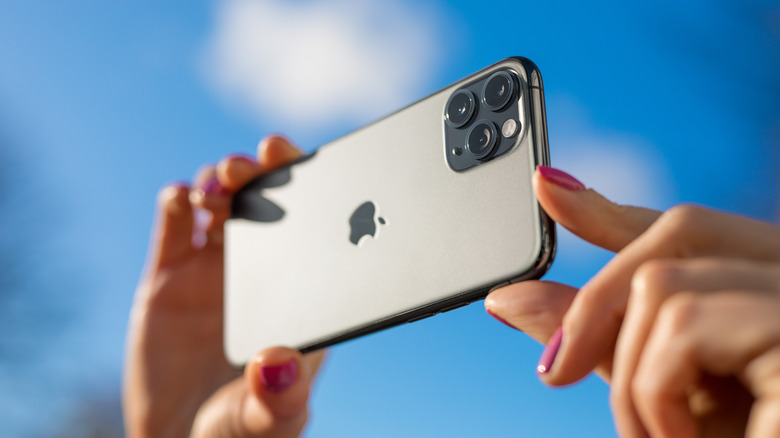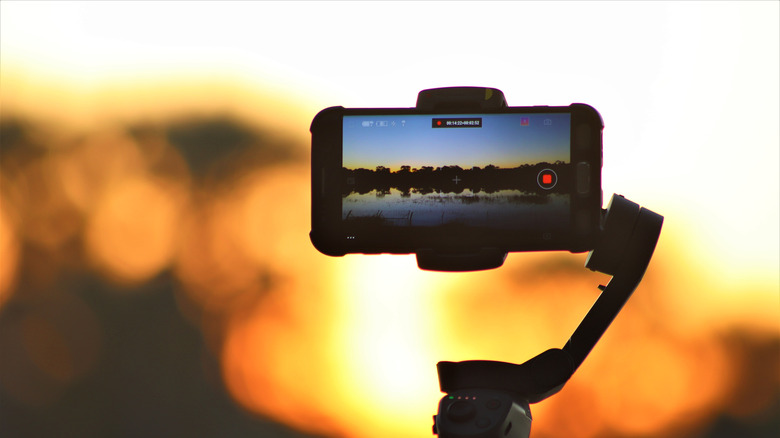The Best Photo Tips For All Types Of Lighting
iPhone cameras have evolved dramatically over the years, right along with the rest of the phone. From a less-than-stellar 2 megapixel camera in the original (2007) iPhone, that took poor pictures in low light, and no video at all, users are now treated to a sophisticated piece of technology that not only makes it possible for anyone to take gorgeous, high-quality photos and videos, but offers a ton of great features to correct, enhance, and customize the photo as well (via BGR).
iPhone cameras tend to be very user-friendly as they are. But, there are a few tips to keep in mind that can quickly take your photos from great to stunning.
Pay close attention to lighting. Direct, bright sunlight is not always the best option for producing quality shots. Not only can it produce harsh shadows on the subject, but it also leads to squinting, making the subject look (and feel) less comfortable and natural. Unless you somehow plan to use the strong shadows created by direct sunlight to your advantage, scoping out a shady, or part-shade location may produce a better, and more comfortable photo at the end of the day. And, if you can time it right, taking advantage of the "golden hour" — an hour after sunrise or before sunset — almost guarantees fantastic light with a soft, warm glow that makes anything and anyone look good (via iPhone Photography School).
Also, inclement weather can actually be great for photos. Overcast, foggy, or even rainy days often provide ideal, diffused lighting.
Today's iPhone cameras can take fabulous shots
Use two hands when snapping a photo. Sure, we've all done the one-handed selfie or quick snap. But, especially in low-light conditions, when the camera has to use a slower shutter speed, it can be hard to hold the iPhone perfectly still and avoid shaking, which can lead to blurry photos. Cotton Coulson, a contributing photographer to National Geographic Traveler and nationalgeographic.com, says, "Whether I'm shooting in portrait or landscape mode, I like to hold the iPhone with my left hand and release the shutter with my right thumb" (via Newsweek). Alternately, use a tripod.
Set the focus point of the picture by touching the screen where you want the focus to be. Then, you can also manually control exposure by dragging the exposure icon (which looks like a sun) up or down on the screen.
Most of the more recent iPhone models also offer many other photo-editing features including cropping, rotating, highlighting, "live photo," and filters. Try the portrait mode, which offers a "depth of field" effect, where the object in the foreground stays sharp while the background is blurred. Remember, the very best way to discover all the great features your iPhone has is just by taking some time to experiment with them!

